Imagine you’re sitting in your house on a rainy day when you notice a dripping sound hitting the inside of your plaster ceiling. Over time, the walls and ceiling start to turn brown and the paint starts to bubble.
That’s what happens when your home waterproofing has broken down.
Waterproofing plays an essential part in any household. It prevents water from seeping into the surfaces of your home and causing major problems like mould growth and damage to your property.
If you live in a high-rise condo or apartment, waterproofing also prevents water from leaking into the unit below.
Table of Contents
What areas in your home need waterproofing?
There are multiple areas of a house that require waterproofing. The most vital areas are bathrooms, roofs/terraces, water tanks, kitchens, balconies, and swimming pools/ponds.
Windows require waterproofing as well. However, those are achieved using seals around the windows themselves and are not discussed in this article. Instead, we will only cover waterproofing methods that are applied to the surface that comes into contact with water.
These are divided into two categories; exposed systems, which are directly exposed to the elements, and non-exposed systems that are generally concealed from exposure after the application is finished.
How can I tell if waterproofing is needed
The most obvious sign is when your ceiling starts dripping during a rainstorm.
After a while, there will be a musty odour around the house and/or mouldy/brown coloured patches on the walls or the floors where the leakage is occurring.
Left untreated, it can cause further damage such as cracked floors or walls, blistering or peeling paint. The constant moisture can even cause your metal furniture or windows and hardware to start rusting.
Read more: Leaking from upstairs neighbour; who’s responsible?
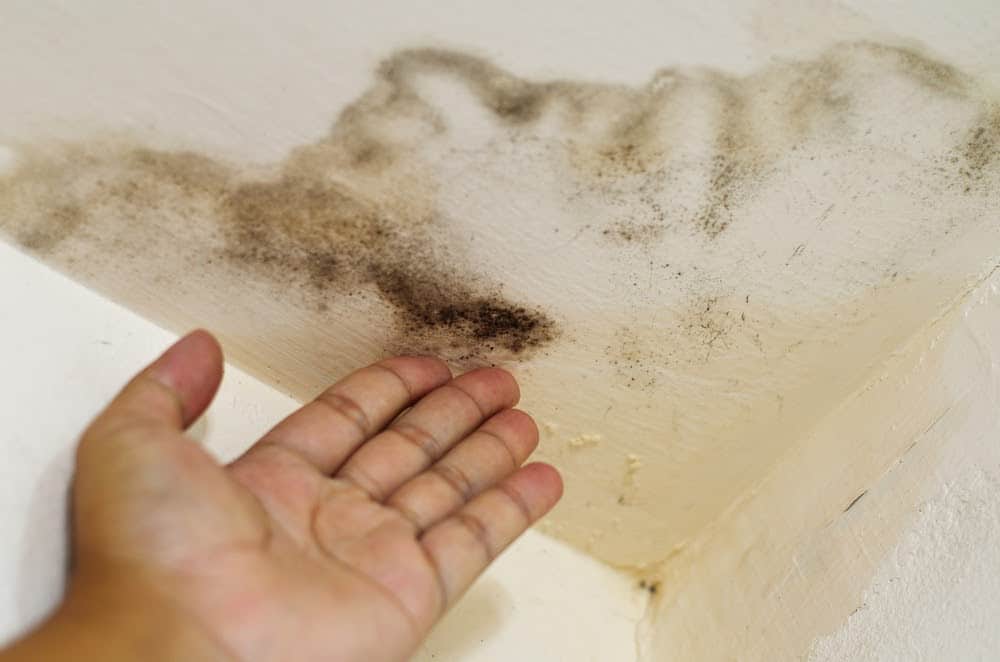
What are the different methods of waterproofing your roof and floors?
Cementitious waterproofing
This method is the most basic technique of using cement to create a solid water-resistant layer.
In this method, cement is mixed with an acrylic additive to create a sturdier, durable base. The cement is then applied as a thick layer and left to dry and harden.
Since it’s made of cement, it doesn’t expand or contract under heat exposure. This technique is usually applied in household internals. For example, cement waterproofing is done in your bathroom before the tiles are laid.
“Cement waterproofing is usually done for toilets before putting on tiles”
–Rex Chan, RNS Waterproofing
Commonly applied: kitchen floor, shower stall, bathroom floor
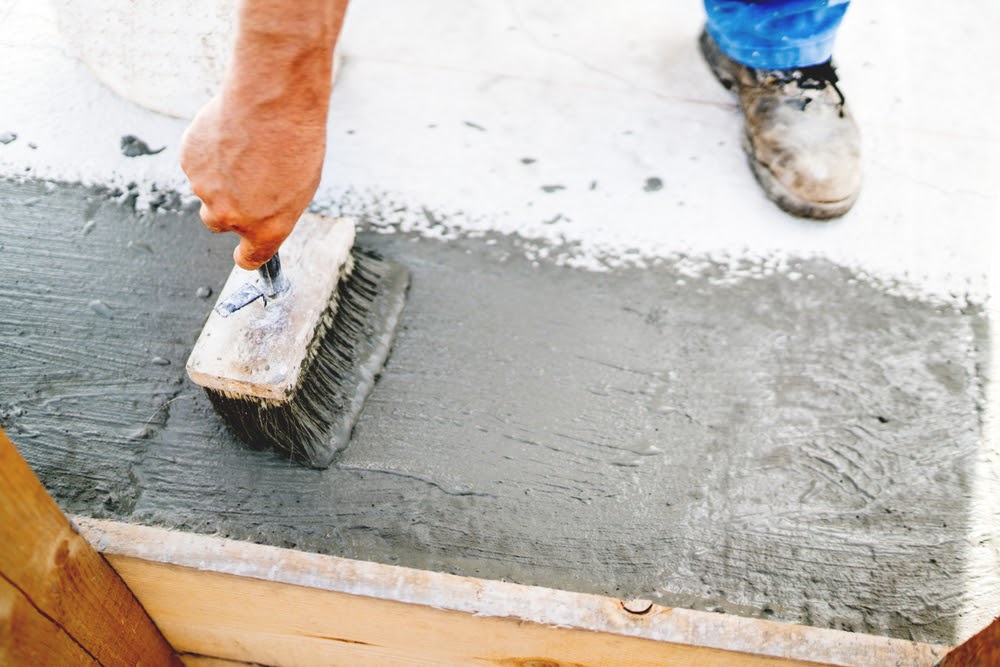
Elastomeric Waterproofing Coating
The second type of waterproofing is called elastomeric waterproofing. Instead of using a specially mixed cement to create the waterproofing barrier, a special rubbery liquid is used.
After applying a coat or two, it cures into a thin rubber waterproof membrane. And unlike cement, this layer is stretchable. This is important when used as outdoor waterproofing, as it can elongate up to 280% in harsh sunlight.
The liquid can be rolled on, troweled, or sprayed on. This method is most suitable for roof waterproofing.
Commonly applied: rooftops, house porches, terraces, large surface areas (eg: factories/warehouses)
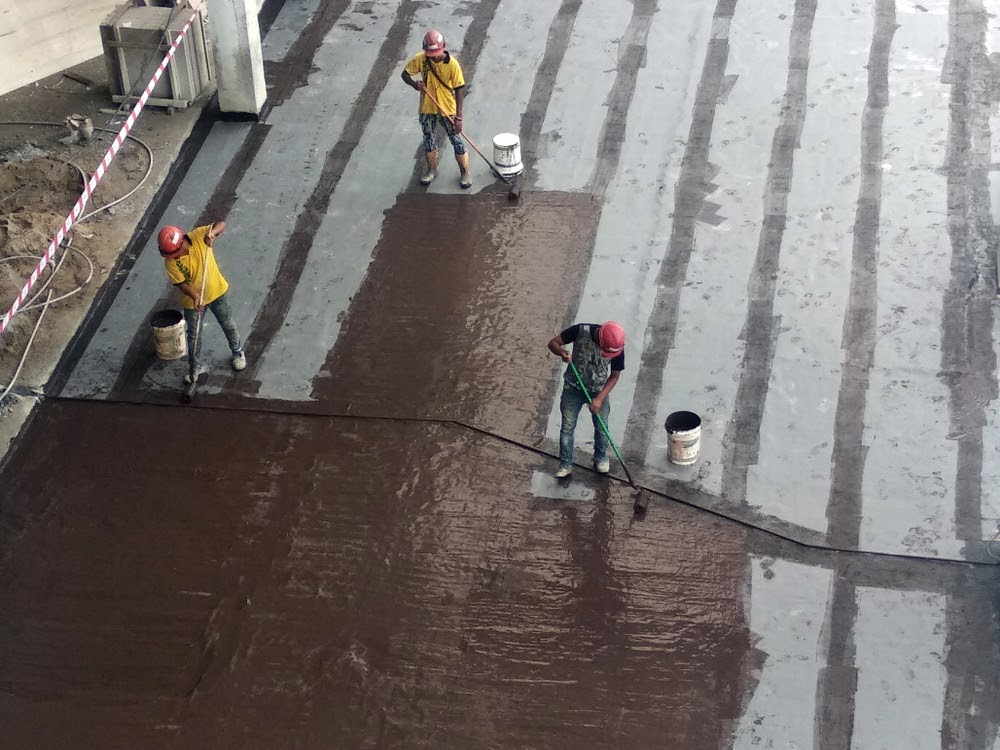
Bituminous waterproofing coating
Bitumen is the main material used to pave roads. But, it can also be used for waterproofing. Also known as asphalt coating, it’s a type of non-exposed protective waterproofing used for various areas. It’s known to be flexible due to the polymer grade and fibre reinforcements.
This black liquid is usually applied like paint, spread onto the surface. Due to it containing bitumen-based substances, it isn’t suitable for sunlight exposure as it turns brittle under heat. So, if used on a rooftop, it needs to be covered by another protective layer such as cement.
“Bituminous coating is usually applied under the screed and can be used for porches, rooftops, kitchen, toilets”
– Rex Chan, RNS Waterproofing
Commonly applied: rooftops, house porches, toilet, kitchen, concrete surfaces
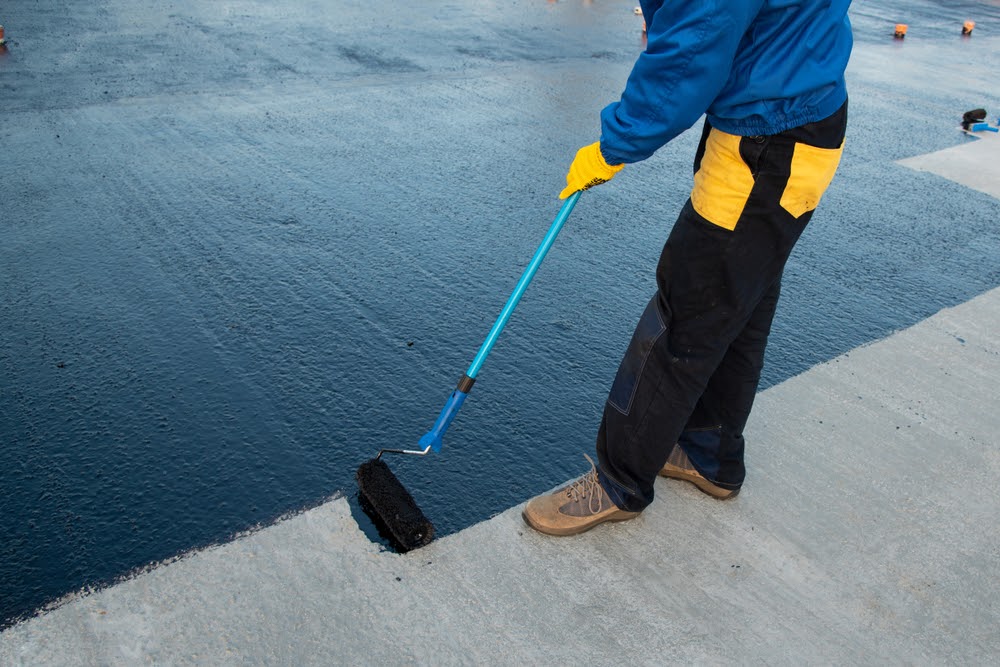
Bituminous waterproofing membrane
This exposed form of waterproofing comes in a sheet and is rolled out onto the surface. It’s most suitable for roofing, usually for low-sloped roofing due to its effectiveness. Membrane waterproofing has two types; torch-on membranes and self-adhesive membranes.
Torch-on membranes are applied with a blow torch and burned as they are being rolled out, whereas self-adhesive ones stick onto the surface. However, self-adhesive ones tend to have a shorter lifespan as they wear out over time.
The difference between this bituminous membrane and bituminous coating (explained in the previous section) is simply in the raw form that it comes in. which dictates where they are most suitably applied.
Commonly used: rooftops, floors of underground structures
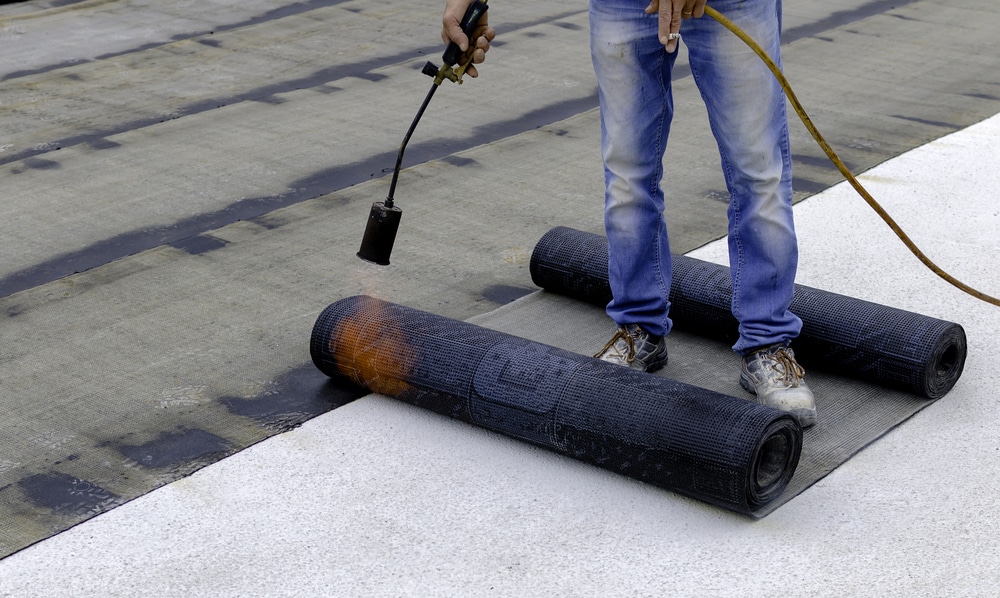
Polyurethane liquid membrane waterproofing
The last method of waterproofing is also the most expensive. Polyurethane liquid membrane waterproofing is used mainly on flat roofs. Typically, it’s the simplest form of liquid waterproofing and is able to withstand the exposure of elements thus deeming it both an exposed and non-exposed system. This liquid membrane is also highly malleable meaning it can stretch without giving way.
However, polyurethane is sensitive to moisture content. The surface of the structure must be thoroughly evaluated before applying to ensure it doesn’t cause damage in the long run.
Overall, it provides a sleek finish and is rather durable by regular standards.
Commonly applied: rooftops, balconies, flooring
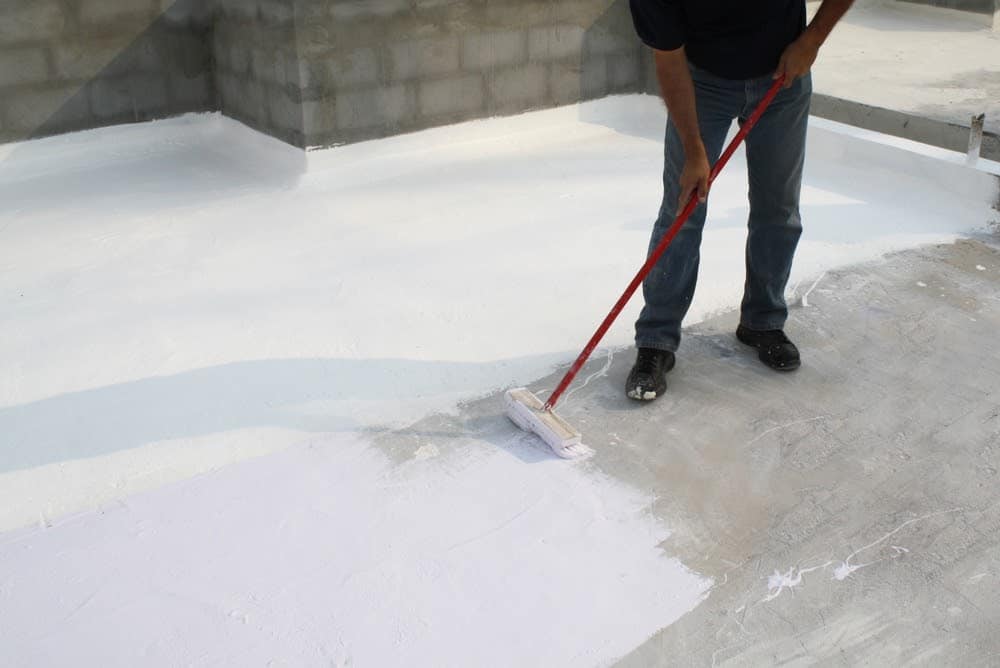
How much does it cost to waterproof your roof or floors?
The cost of waterproofing is not limited to the cost of the materials alone. Professional waterproofing contractors in Malaysia will need to do a detailed inspection to see if there needs to be any preparation work.
In some cases, the surface may also require cleaning before applying the waterproofing. Or, if the surface is uneven, it may even need hacking to level it. For a typical terrace house in Malaysia, surface preparation may range between RM500 to RM2000 depending on the state of the surface condition.
“Normally, we need to do a surface preparation depending on the working site condition like how dirty it is, whether it needs hacking, how accessible is the work site, etc. The final price will also vary depending on the waterproofing material used.”
– Rex Chan, RNS Waterproofing
The table below gives a rough idea of the cost per square feet of waterproofing, depending on the waterproofing material used.
| Type of waterproofing | Starting price (per sqft) |
| Cementitious | RM2-RM4 |
| Elastomeric liquid waterproofing emulsion | RM3.50-RM5 |
| Bituminous coating | RM2-RM4 |
| Bituminous membrane | RM6-RM10 |
| Polyurethane liquid membrane | RM10-RM15 |
Source: RNS Waterproofing
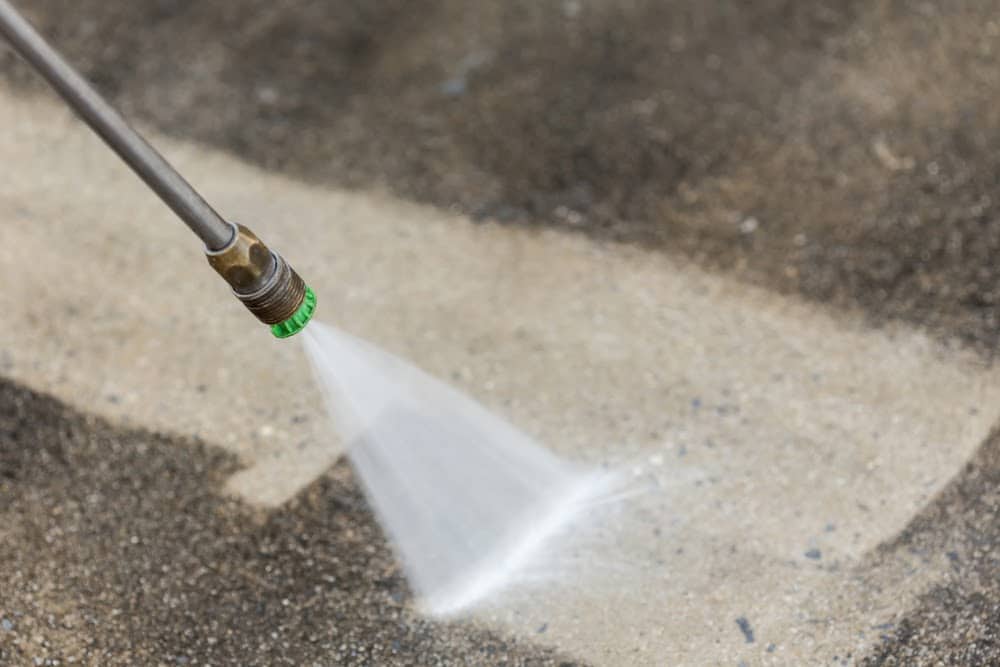
Can you do waterproofing on your own?
If the source of the leak is easy to detect, then it’s possible to DIY your waterproofing. For example, when the leak is coming from a worn-out window seal.
But, when the roof is leaking into your ceiling, it can be extremely difficult to detect the source of the leak. You may need to climb up on your roof or into your attic to investigate. In this case, waterproofing the leak can be a complex task that requires trained expert assessment and careful execution to prevent the problem from escalating.
How long does waterproofing last?
Generally, waterproofing services tend to last up to 5 to 10 years on average. Cementitious, elastomeric liquid emulsion and bituminous coating could last for about 5 years. Bituminous membrane and polyurethane can withstand up to 10 years.
However, they vary on other factors such as changes in weather, usage and so on.
How to choose the best waterproofing contractors in Malaysia
If you suspect that you have a waterproofing problem in your home, your next step will be to find a suitable contractor to diagnose the problem and provide a quote for the work.
You can use Recommend.my to submit a request for waterproofing contractors. Our system will match you with suitable contractors, who will arrange a site visit with you to provide a detailed quote.
After a detailed inspection, the contractor will suggest the best method to solve the problem. Don’t worry if you aren’t that knowledgeable about the technical aspects, as our service providers will give their best recommendations and options to suit your budget.
All contractors on our platform have gone through business verification, and will also have customer reviews and ratings. As you shortlist the contractors to your final one, make sure to check these details:
How long have they been in the business?
The number of years involved in business matters in terms of experience and expertise level. When it comes to solving a particularly tough situation under exceptional circumstances, experience allows for various approaches in order to fix the problem.
Are they licensed and insured?
Proper licensing and certification helps ensure that the service is reliable. A properly licensed contractor should also use quality products. Any contractor without a license can get fined up to RM1000 under Section 25 of Act 520 under the Malaysian Construction Industry Development Board (CIDB).
Some Completed Waterproofing Projects With Cost
Master Bedroom Toilet Waterproofing in Taman Raja Uda, Klang
Project cost: RM2800
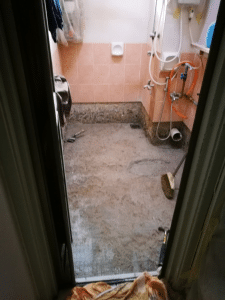
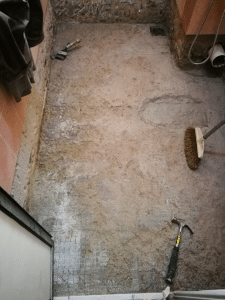
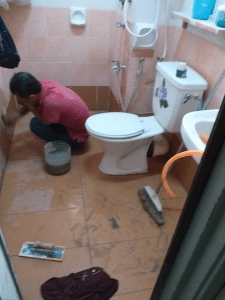
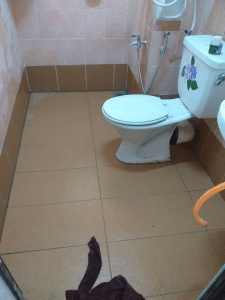
Source: Into Renovation and Construction
Toilet waterproofing for a leaky bathroom floor
Cost: RM1650
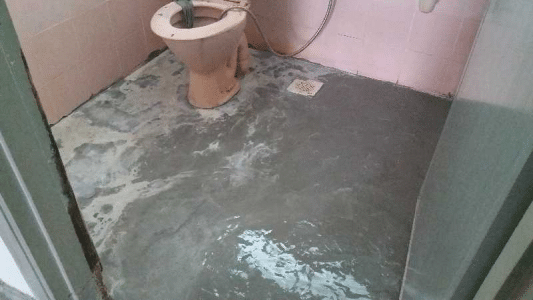
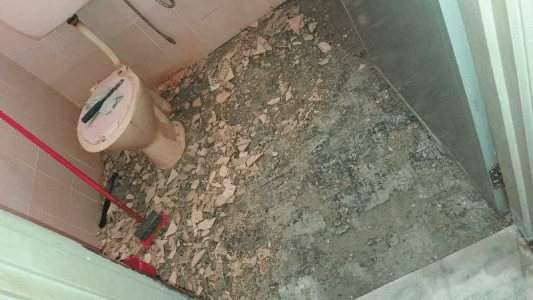
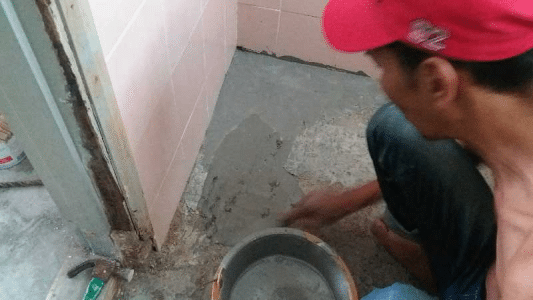
Source: Eryainabless
Toilet Waterproofing and tiling in Klang
Cost: RM3500
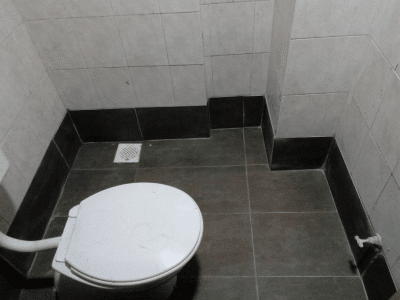
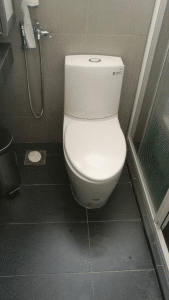
Source: sinaran-umairah-resources
Roof Tiles Waterproofing
Waterproof your roofing without changing the roof tiles.
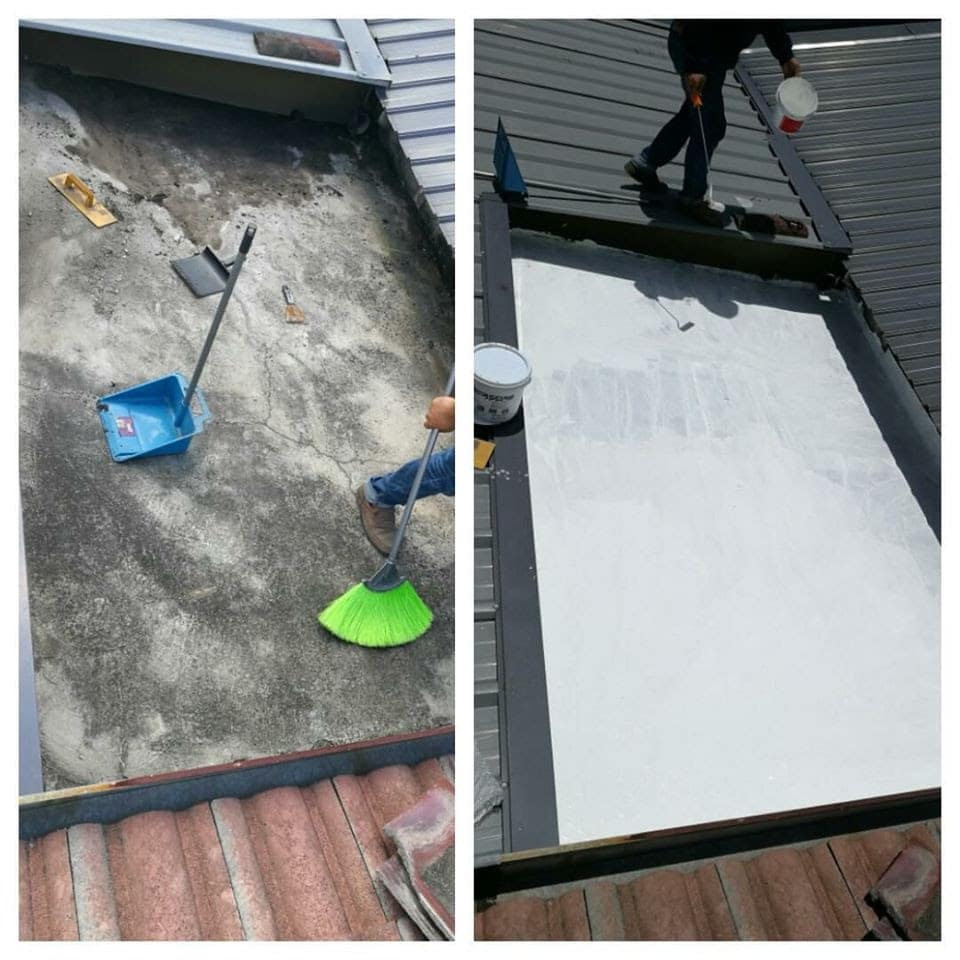
Source: RNS Waterproofing
Wall Waterproofing
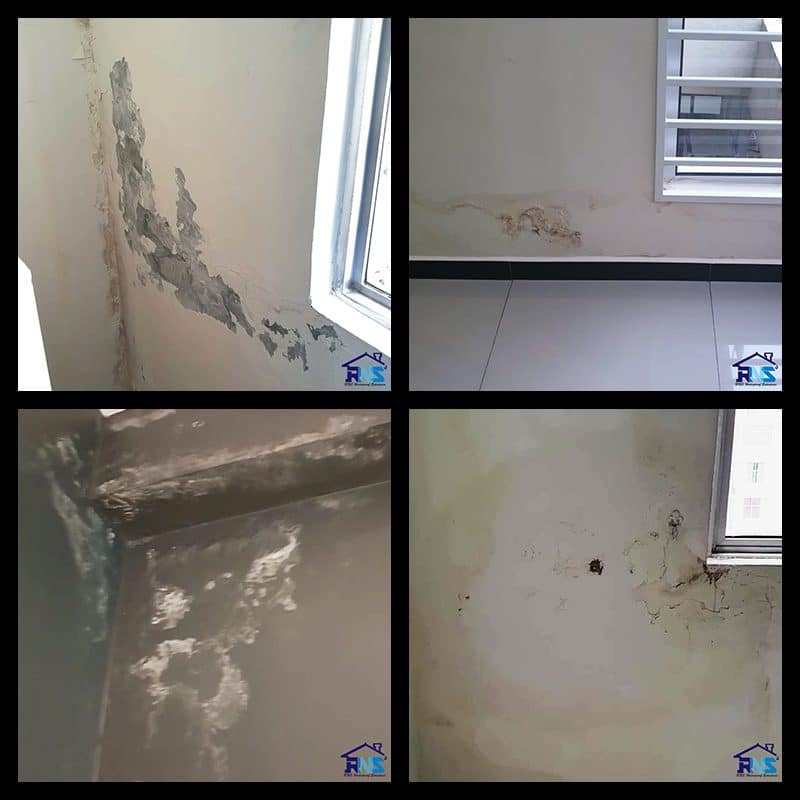
Source: RNS Waterproofing
Toilet Waterproofing
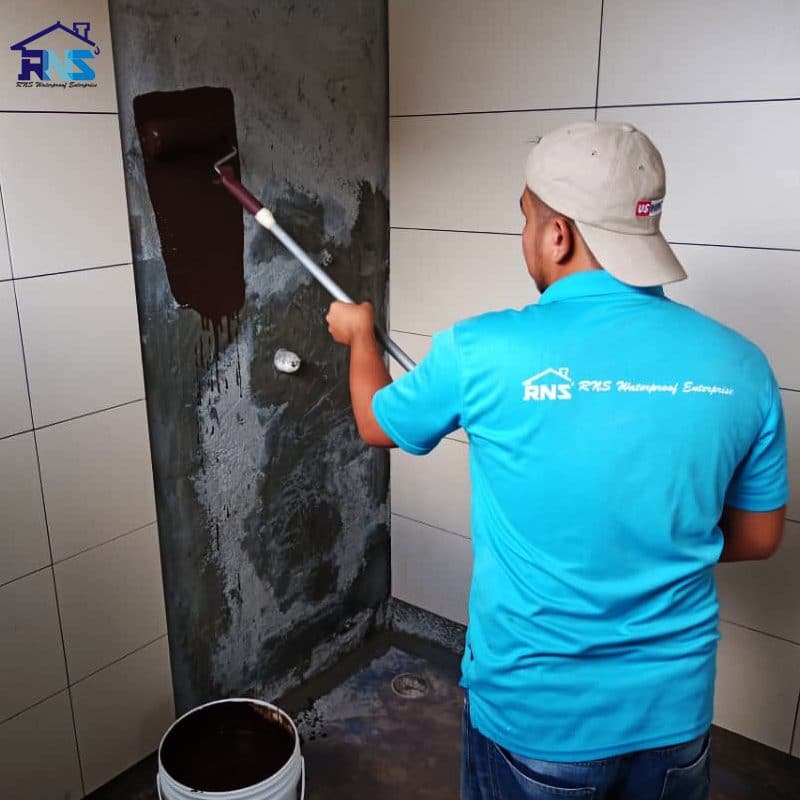
Source: RNS Waterproofing
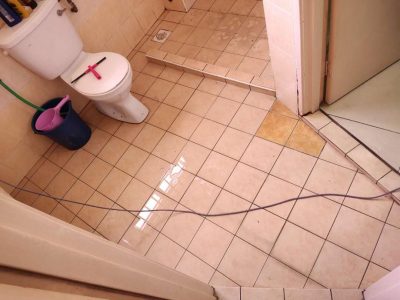
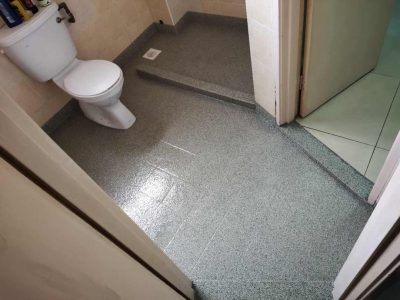
Source: Real Solutions Waterproofing Resources


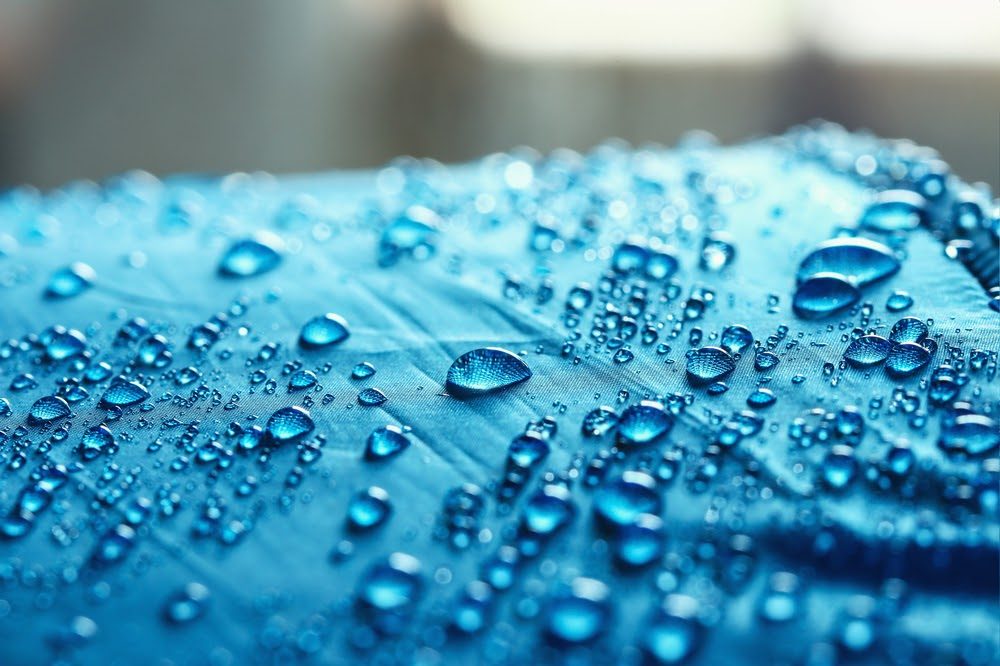
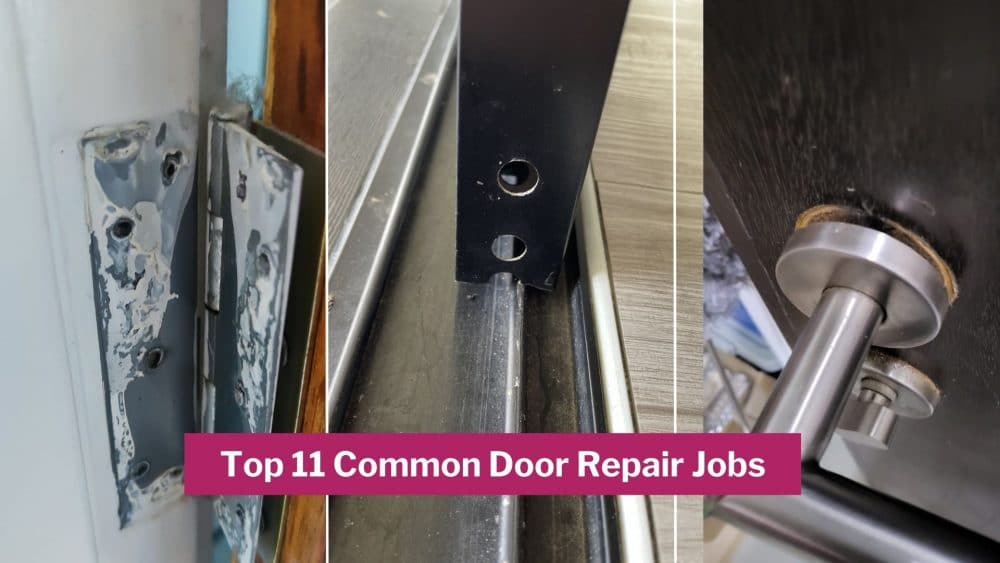
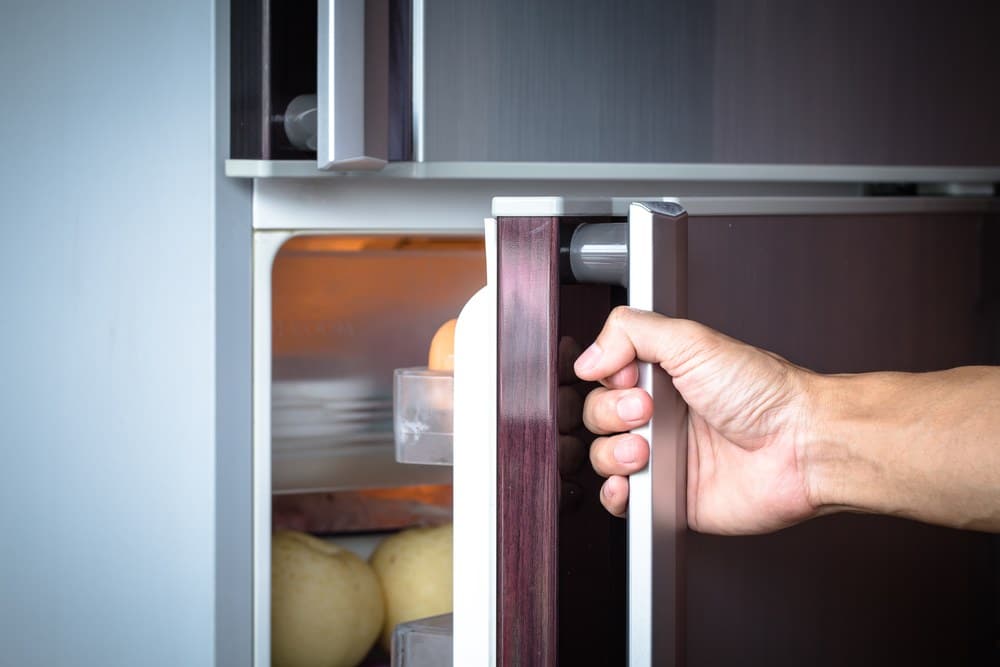


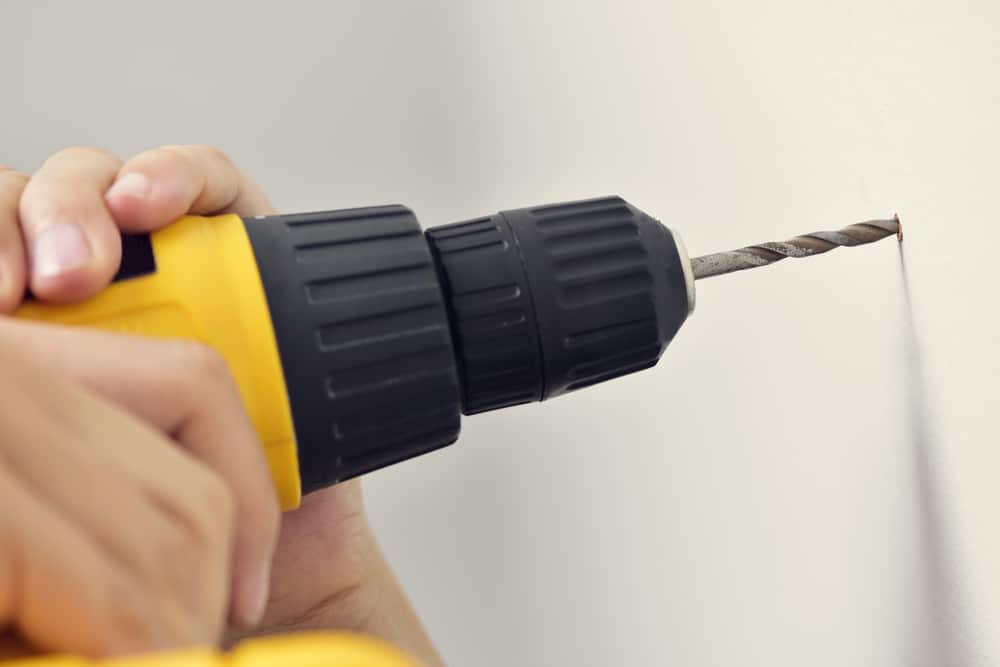
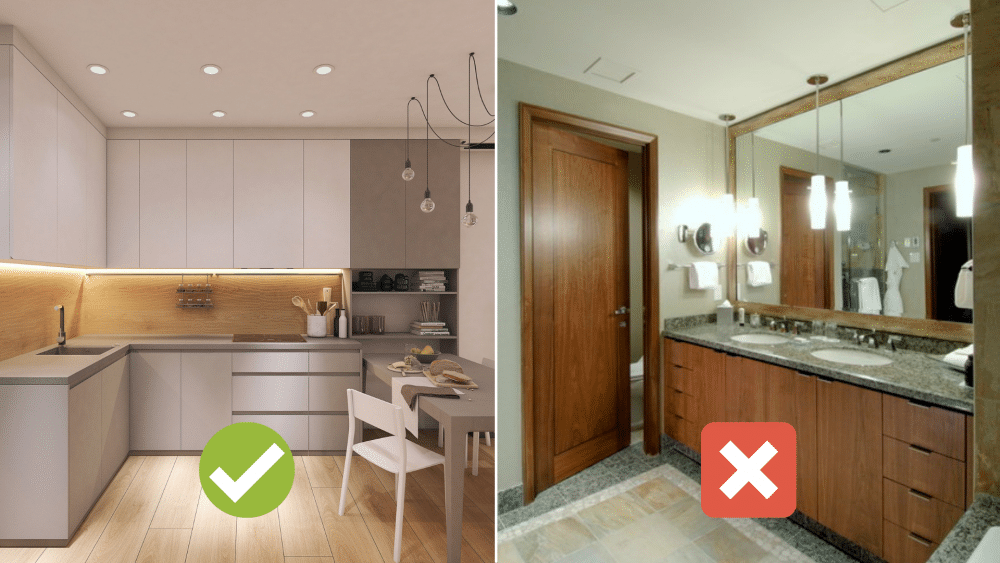
My apartment ceiling & showing dampness. Can I get a quotation?
Yes! You can whatsapp to our customer service team at http://wa.me/60379311770 and we will help you out!
Is waterproofing at shower walls necessary?
Hello! Yes waterproofing is recommended, especially if your shower wall is shared with a bedroom wall on the other side. You should also reconfirm with your waterproofing contractor if they are doing the floor, or the floor AND the walls. Better to make sure!
Yes
Apartment is still under LDP, 2 toilets has hollow tiles in different places. The developer has verified and agree to fix in dff places with waterproofing instead of re doing the whole area.
What is the advice on waterproofing bits n pieces of toilets?
Yes it’s possible. Instead of redoing the tiles, or reapplying the waterproof underlayer, it’s possible to do “gel injection waterproofing”. The contractor can inject a chemical that will fill up the hollow areas. It will turn into a solid, rubbery seal that should block off any leaks.
Would like to get a price for torch membrane on flat roof top with size about 75m2?
Hello! The range we have is RM6-RM10 per sqft. So, for 75m2, which is about 807 sqft, that comes up to around RM4800 – 8070
If you want a site inspection to get a detailed quote, you can let us know your details at https://www.recommend.my/service/waterproof-services